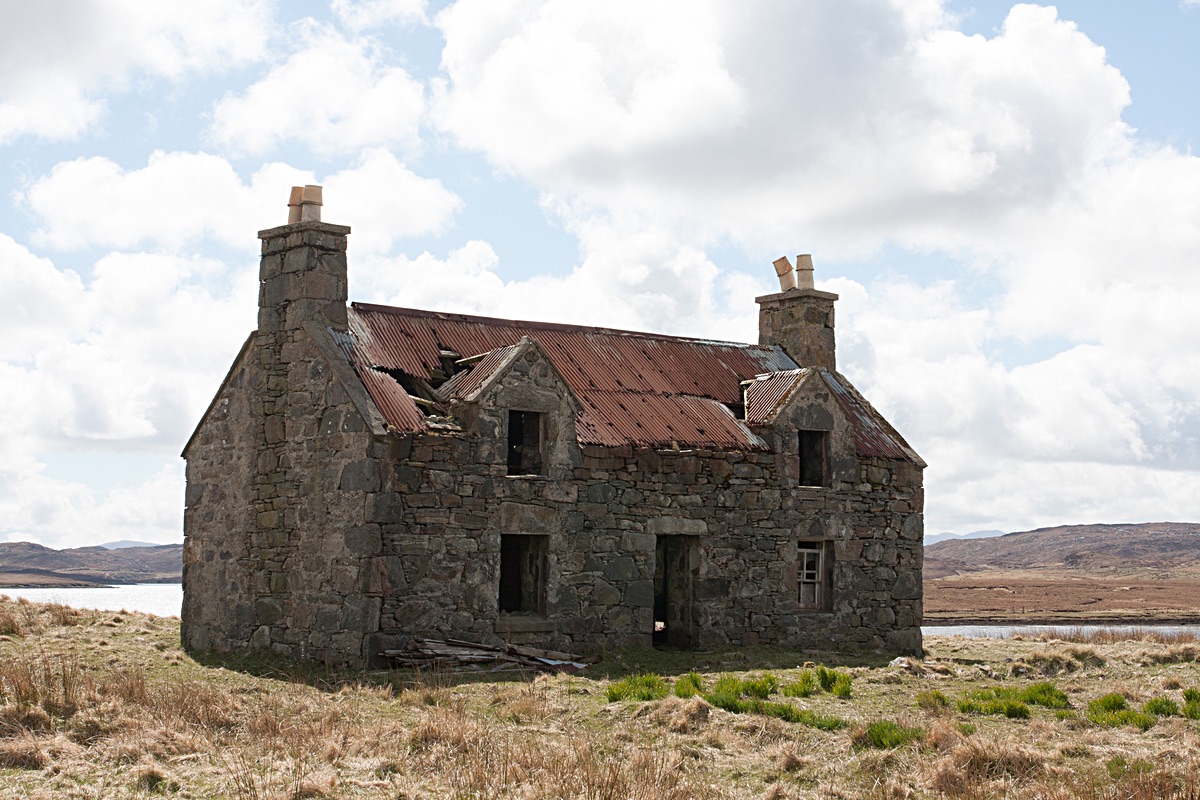The Language of Eden
Part 1: A MemoryFilm
Research begun 2014
Released 2018

See “The Language of Eden: Part One” on Vimeo ⬏
“The Language of Eden” is a film in two parts, exploring love and its consequences.
“The Language of Eden: Part One, A Memory”, is a sung dialogue between two women, a mother and daughter, reflecting on their experiences of marriage.
Lynn MacRitchie first visited the Isle of Lewis, in the Outer Hebrides, in October 2014, to research locations for a film exploring how the relationship between men and women has functioned as a primary unit of social organisation. Callanish, site of a prehistoric stone circle but also a modern village, a place where human habitation has continued since ancient times, seemed particularly suitable, and an abandoned house close by proved prefect for her purpose. While the ancient landscape conveys the fundamental nature of the women's emotional experience, the ruined house, once a home, becomes a powerful metaphor for how love, or our expectations of what love might be, can both shape and destroy our lives.
In Stornoway, the artist attended a concert by local competitors in the important Gaelic festival The Mod. The performers included a teenage boy and girl, singing a duet. Struck by the purity of their voices and the intensity of their unaccompanied singing, the artist realised that that was how she should present the content of the film - as a sung performance, unaccompanied, in Gaelic, filmed on site in the empty house. Despite support for the project from the Stornoway art centre An Lanntair, a funding application to Creative Scotland was not successful and the idea of a filmed live performance had to be abandoned.
By this time, however, the artist had written the songs and musical director Charlie Skelton had adapted traditional Gaelic melodies to fit her new words. She determined to make the work anyway, using the visual material she had assembled on her several trips to Callanish and recording the lyrics in English, sung by professional singers Amanda Mcmanus and Kate Denny. In the finished film, the still, sparse visuals, focussed on the ruined house and the surrounding landscape, and the pure sound of the women’s voices come together to create a powerful metaphor for love and loss.